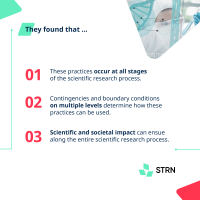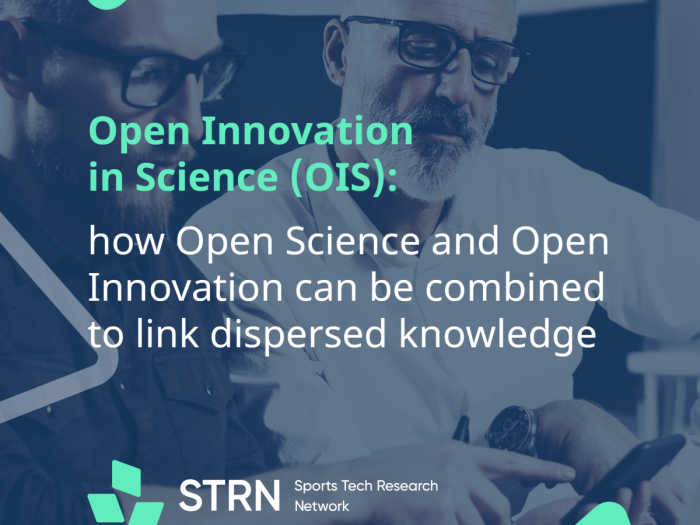These days, there is an increasing need for openness and collaboration in research, but disciplinary boundaries still (partly) restrict this. The following framework showcases the practices concerning conceptualization, exploration, and documentation related to Open Innovation in Science. The use of it could result in proposals, shared datasets, science-based innovations, and a wide scientific and societal impact. And so, given the mission of STRN, we were interested to know more about this.
The framework is based on the research of Susanne Beck et al., who have used a collaborative approach involving 47 (!!) scholars from multiple disciplines, resulting in the paper called "The Open Innovation in Science research field: a collaborative conceptualisation approach" (Full text). Here are their key insights. 👇






For those who like a short text version of the authors' findings, here it is:
Did you know that disciplinary boundaries & disconnected research streams are still hindering the increasing need and willingness for openness and collaboration in research?
This has been studied by researchers from the Ludwig Boltzmann Gezellschaft, the Aarhus University, the Copenhagen Business School, and many other institutions. They employed a collaborative approach involving 47 scholars from multiple disciplines, analyzing different approaches and practices.
The result is an OIS framework with best practices concerning conceptualization, exploration, and documentation. They found that these practices occur at all stages of the scientific research process. As a consequence, the scientific and societal impact can also ensue along the entire scientific research process. They also found that contingencies and boundary conditions on multiple levels determine how these practices can be used.
So...
Researchers and organizations can use this framework and these practices to further collaborate on existing and innovative research. This will result in even more relevant research and high-quality products and services for end-users.






